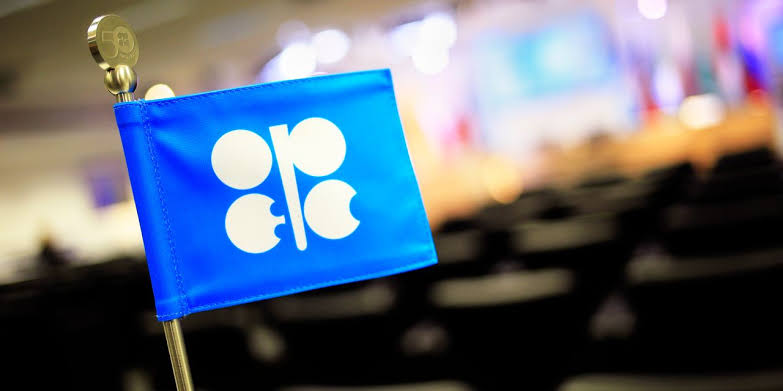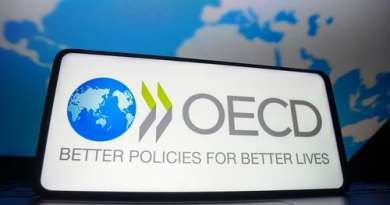OPEC+ Charts Steady Course with Modest Oil Output Increase to Stabilize Global Energy Markets
OPEC+ announces a balanced 137,000 barrels-per-day increase in oil production from November, reflecting strategic planning to maintain market stability while supporting global energy demand.
OPEC+ has announced a measured increase in oil output from November, signaling a steady approach to supporting global energy markets while maintaining price stability. Sources close to the matter confirmed that the group, which includes the Organization of the Petroleum Exporting Countries plus Russia and several smaller producers, has agreed in principle to raise production by 137,000 barrels per day (bpd). This is the same modest increment seen in October, underscoring the alliance’s commitment to a cautious and calculated strategy.
The decision comes after a year of coordinated efforts to manage supply and ensure a balanced energy market. So far in 2025, OPEC+ has raised its output targets by more than 2.6 million bpd, equating to approximately 2.5% of global oil demand. These strategic increases have helped stabilize global supply, meet rising energy needs, and foster predictability for both producers and consumers alike.
Balancing Supply and Market Stability
OPEC+ has long employed careful supply adjustments to manage global oil prices and support economic stability. The decision to implement a modest increase in November reflects a commitment to sustainable energy management, avoiding abrupt fluctuations that could disrupt markets. By taking a gradual approach, the group ensures that supply growth is aligned with demand, benefiting economies worldwide while minimizing volatility.
The policy also aims to maintain competitiveness, particularly against rising U.S. shale production. By carefully balancing supply increases, OPEC+ can strategically manage market share without destabilizing prices. Analysts note that this approach demonstrates the alliance’s focus on long-term planning and market resilience.
Collaboration Among Major Producers
While Saudi Arabia and Russia, the two largest producers in the OPEC+ coalition, initially had differing perspectives on the size of the increase, the finalized 137,000 bpd increment reflects a consensus-driven approach. Russia advocated for a modest increase to avoid putting undue pressure on oil prices and to account for production constraints due to sanctions. Meanwhile, Saudi Arabia had proposed larger figures, emphasizing potential opportunities for market expansion.
Ultimately, the compromise highlights the strength of collaboration within OPEC+, showing how diverse perspectives can align to achieve shared goals: market stability, steady revenue streams for producers, and consistent energy supplies for consumers globally.
Phased Adjustment and Market Confidence
The modest November increase is part of a phased approach to gradually unwind previous output cuts, which peaked in March at 5.85 million bpd. These reductions were implemented through three layers: voluntary cuts of 2.2 million bpd, a coordinated reduction of 1.65 million bpd by eight members, and an additional 2 million bpd by the broader group.
The November adjustment represents the second phase of easing these cuts, signaling a transparent and predictable policy environment that supports investor and consumer confidence alike.
This careful, phased strategy provides predictability to energy markets, ensuring that oil supply grows in line with demand while mitigating the risk of sharp price swings. By managing production increases in incremental steps, OPEC+ demonstrates its focus on long-term market health, benefiting both producers and global economies.
Global Implications and Positive Outlook
The decision to raise output modestly reflects OPEC+’s commitment to responsible energy stewardship. Steady, manageable increases in production help support global economic recovery, particularly in regions where energy demand is growing. Markets can anticipate reliable supply while avoiding sudden disruptions that could impact transportation, industry, and households.
Industry analysts have praised the approach, noting that it balances the interests of producing nations with global energy security. By prioritizing stability and predictability, OPEC+ fosters investor confidence, encourages international cooperation, and supports sustainable market growth.
Looking ahead, the alliance is expected to continue monitoring global demand trends and adjust production accordingly, ensuring that energy markets remain resilient and reliable. The measured approach underscores OPEC+’s dedication to transparency, collaboration, and strategic planning — key pillars for long-term market confidence.
OPEC+’s decision to increase oil output by 137,000 bpd in November represents a positive development for the global energy landscape. The modest increment, implemented in a phased and collaborative manner, supports stability, encourages market confidence, and meets the growing energy needs of the world. By balancing supply with demand and carefully managing production cuts, OPEC+ continues to demonstrate responsible leadership in global oil markets, ensuring that producers and consumers alike can plan with certainty and confidence.
Through this strategic and forward-looking approach, OPEC+ is not only maintaining its role as a stabilizing force in the energy sector but also promoting sustainable growth and resilience in global oil markets for the months and years ahead.



